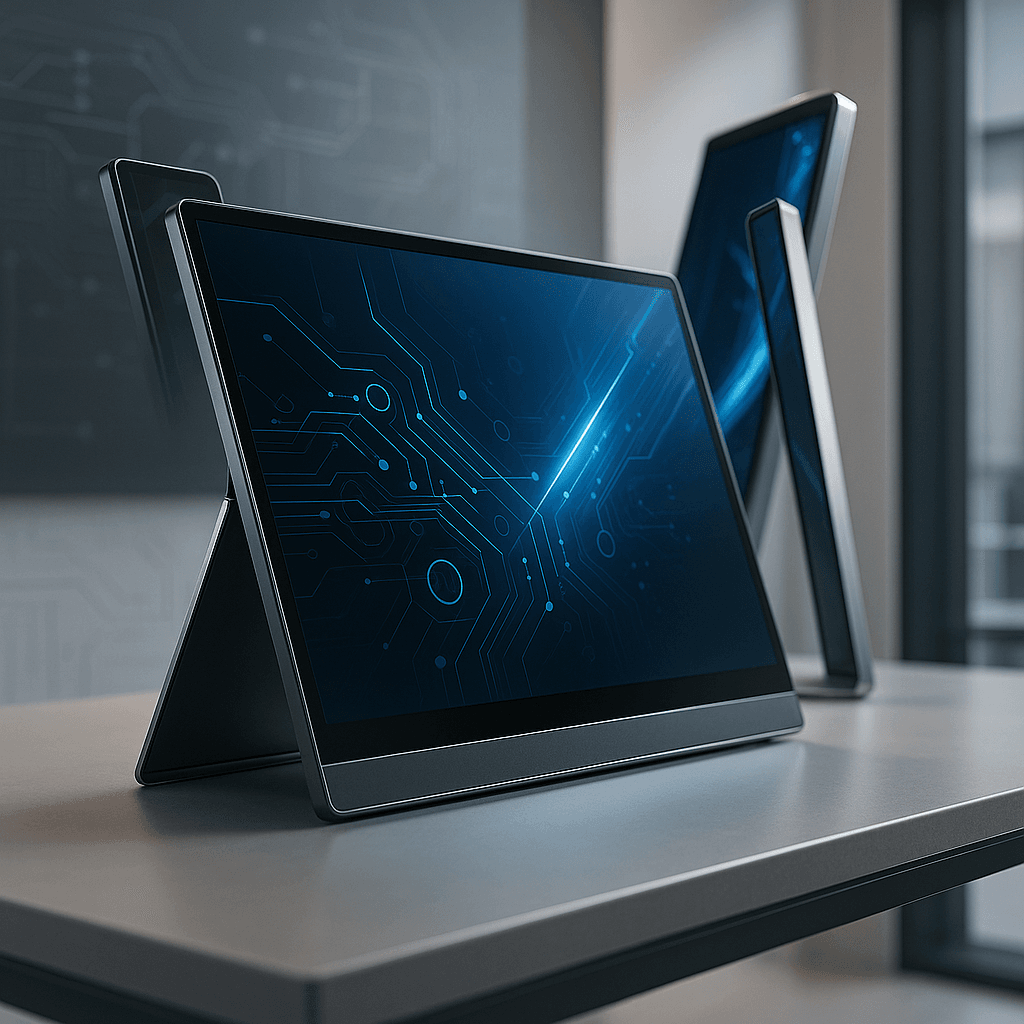Samsung is creating an entirely new product category with The Movingstyle, a wireless portable touchscreen that merges TV, monitor, and mobile device capabilities. In an exclusive interview with Samsung Newsroom, engineers Seokmin Baek and Michael Kim reveal the technical challenges of pioneering this hybrid display technology, from creating new safety standards to designing a circuit-integrated kickstand that houses power management, cables, and battery components.
Samsung just pulled back the curtain on one of its most ambitious engineering projects - The Movingstyle, a device that's forcing the company to rewrite the rules of what a screen can be. In a rare deep-dive interview with Samsung Newsroom, two key engineers behind the project revealed how they're essentially creating a new product category from the ground up.
Seokmin Baek from Product Planning and Michael Kim from Enterprise R&D didn't mince words about the challenge. "We had to redefine everything - from planning and development to manufacturing - to deliver a completely new user experience," Kim told Samsung Newsroom. The team found themselves working all-nighters not just to build a product, but to establish the very standards by which it would be judged.
The Movingstyle sits at an unprecedented intersection of Samsung's expertise. It's got the portability of a mobile device, the precision of a monitor, and the immersive viewing experience of a TV. But combining these worlds created technical headaches that don't exist in traditional product development. "Unlike TVs, which are typically viewed from a distance, monitors are viewed much closer to the eyes - making them subject to stricter safety standards," Kim explained. Add touch functionality on top of that, and suddenly durability, touch accuracy, and response rate become critical factors too.
The engineering team's biggest breakthrough came in reimagining the kickstand - a component that looks deceptively simple but houses Samsung's most complex integration work. Rather than going with a standard hinge design that would be easier to manufacture, they opted for what Kim calls a "circuit-integrated design." The sturdy hinge literally houses the cables, power management circuit, and other components in a single module. "An independent standard hinge is far easier to develop and manufacture but significantly less durable," Kim noted. The integrated approach required a more complex design and manufacturing process, but it was key to achieving The Movingstyle's build quality.
This attention to detail extends to seemingly minor elements like port placement. "We especially wanted users to focus entirely on the screen without being distracted by exposed cables," Baek said. So they positioned all connection ports at the center of the rear panel, creating what he calls "a clean and refined finish" that helps the device blend into any space.












